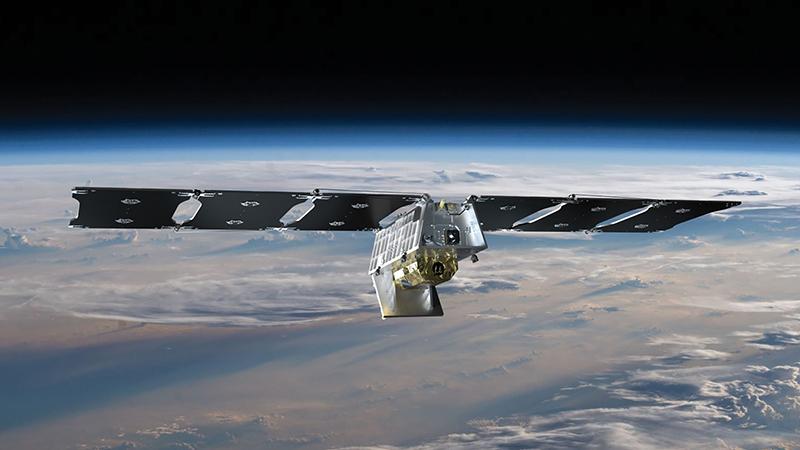
Muon Space raised $56 million in Series B funding in August.
Credit: Muon Space
As global temperatures rise, wildfires are igniting more frequently and in more places than ever before. Stamping out blazes quickly not only saves lives and property but also reduces carbon emissions—the same pollutants that are causing global warming and increasing wildfires in the first place...
AI-Assisted Infrared Satellites Could Detect Wildfires Within 9 Min. is available to both Aviation Week & Space Technology and AWIN subscribers.
Subscribe now to read this content, plus receive critical analysis into emerging trends, technological advancements, operational best practices and continuous updates to policy, requirements and budgets.
Already a subscriber to AW&ST or AWIN? Log in with your existing email and password.





